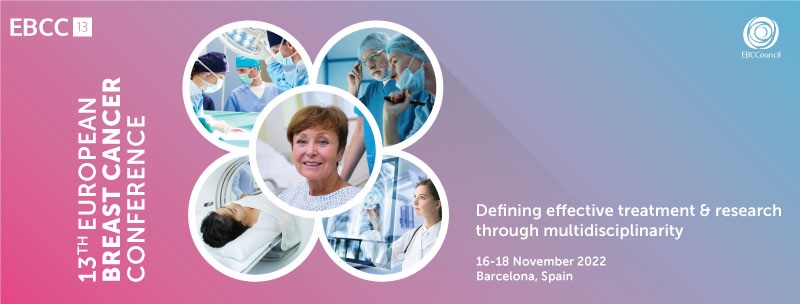
The research, presented today (Wednesday) at the 13th European Breast Cancer Conference , could make breast screening programs more effective and ultimately improve survival rates.
It could also mean that fewer people experience ’false positives’ (when screening tests indicate cancer, but other tests show no cancer) and ’overdiagnosis’ (when people are diagnosed and treated for a cancer that grows extremely slowly and does not caused no problems during his life.
The study used data from the Norwegian Cancer Registry (Oslo) and was a collaboration between researchers from the Norwegian Cancer Registry and the Hospital del Mar Medical Research Institute in Barcelona, Spain.
It was presented by Dr. Javier Louro from Hospital del Mar. He said: “We know many of the factors that influence the risk of breast cancer. For example, getting older, having a family history of breast cancer, and some types of benign breast diseases can increase your risk. "We can’t do much about those risk factors, but we can use this information to predict breast cancer risk."
The research included data from around 50,000 women who participated in BreastScreen Norway between 2007 and 2020. BreastScreen Norway is a national program that invites all women aged 50 to 69 to have a mammogram (a breast x-ray) every two years. . Breast screening programs can help improve survival rates by ensuring that cancers are detected as early as possible.
The researchers used data on ten known risk factors to estimate individual women’s risks of developing breast cancer over a four-year period. These included age, family history of breast cancer, previous benign breast disease, breast density (a measure of the glands and fibrous tissue in the breast), body mass index, and alcohol consumption. They compared these risk factors in women with and without a breast cancer diagnosis to evaluate the impact of each individual risk factor, develop the model, and verify whether the model was overall accurate.
They found that the risk of developing breast cancer over a four-year period ranged from 0.22% for some people to 7.43% for others, with an average (median) risk of 1.10%.
The research also indicated that some factors were more important than previously thought, for example the protective effect of how many hours of exercise a woman does per week. This is a factor that is not usually included in breast cancer risk prediction models.
Dr Louro said: “We have successfully developed and validated a model to estimate breast cancer risk in women participating in BreastScreen Norway , the national breast cancer screening program in Norway. Several breast cancer risk prediction models have been created, but we believe this is one of the first models designed to guide breast screening strategies throughout a person’s life using real-world data from a screening program. . It is also the first model developed using data from BreastScreen Norway .
“Our model could be considered key to designing personalized screening tests aimed at reducing the harms and increasing the benefits of mammography. For example, someone at low risk might be offered a standard mammogram every three or four years instead of every two years. Someone at medium risk may be offered an advanced 3D mammogram every two years, while people at high risk may be offered a new screening test with mammography or MRI every year. “All of these strategies are still theoretical and need to be studied with respect to their effectiveness.”
The researchers caution that their findings so far are based on a screening program in one country. The risk prediction technique now needs more work, such as a similar study in a different setting or a computer simulation, to understand the impact of personalized breast screening.
Dr. Laura Biganzoli is co-president of the European Breast Cancer Conference and director of the Breast Center at Santo Stefano Hospital, Prato, Italy, and was not involved in the research. She said: “We know that breast screening programs are beneficial, but we also know that some people will experience potential harm caused by false positives or overdiagnoses. A screening program that is tailored to each person’s risk could reduce these harms and increase the benefits.
“This research shows how we could identify people at high risk of breast cancer, but also how we could identify those at low risk .” Therefore, it is an important step towards personalized detection.”
















